The Role of Vulnerability Management in Mergers and Acquisitions
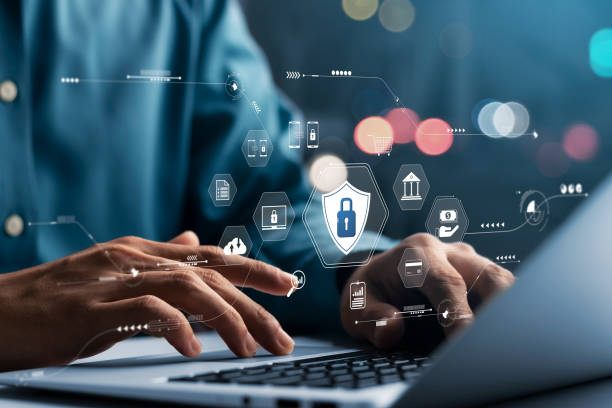
The landscape of mergers and acquisitions (M&A) is evolving rapidly, particularly in the United States, where the dynamics of these deals are shaped by numerous factors, including cybersecurity. Within this sector, vulnerability management plays a critical role in ensuring the integrity, confidentiality, and availability of digital assets, which are often crucial in M&A transactions. […]
Vulnerability Management as a Service (VMaaS): Benefits and Considerations
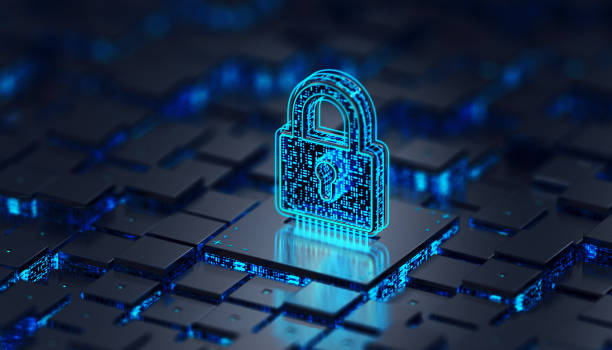
In the era of digital transformation, businesses are increasingly relying on technology to drive innovation and growth. However, this dependence comes with the heightened risk of cyber threats. To protect sensitive data and maintain operational integrity, organizations recognize the growing need for robust cybersecurity solutions. Vulnerability Management as a Service (VMaaS) has emerged as […]
Which of the Following is a Configuration Vulnerability in Your System?

The average data breach costs businesses around $4.5 million to overcome. A single breach could even cause your company to fail. The good news is there are steps you can take to safeguard your sensitive information. Knowing the security threats you face goes a long way toward keeping your data safe. So, which of the […]
The Importance of Integrating Vulnerability Management Tools with Other Security Solutions
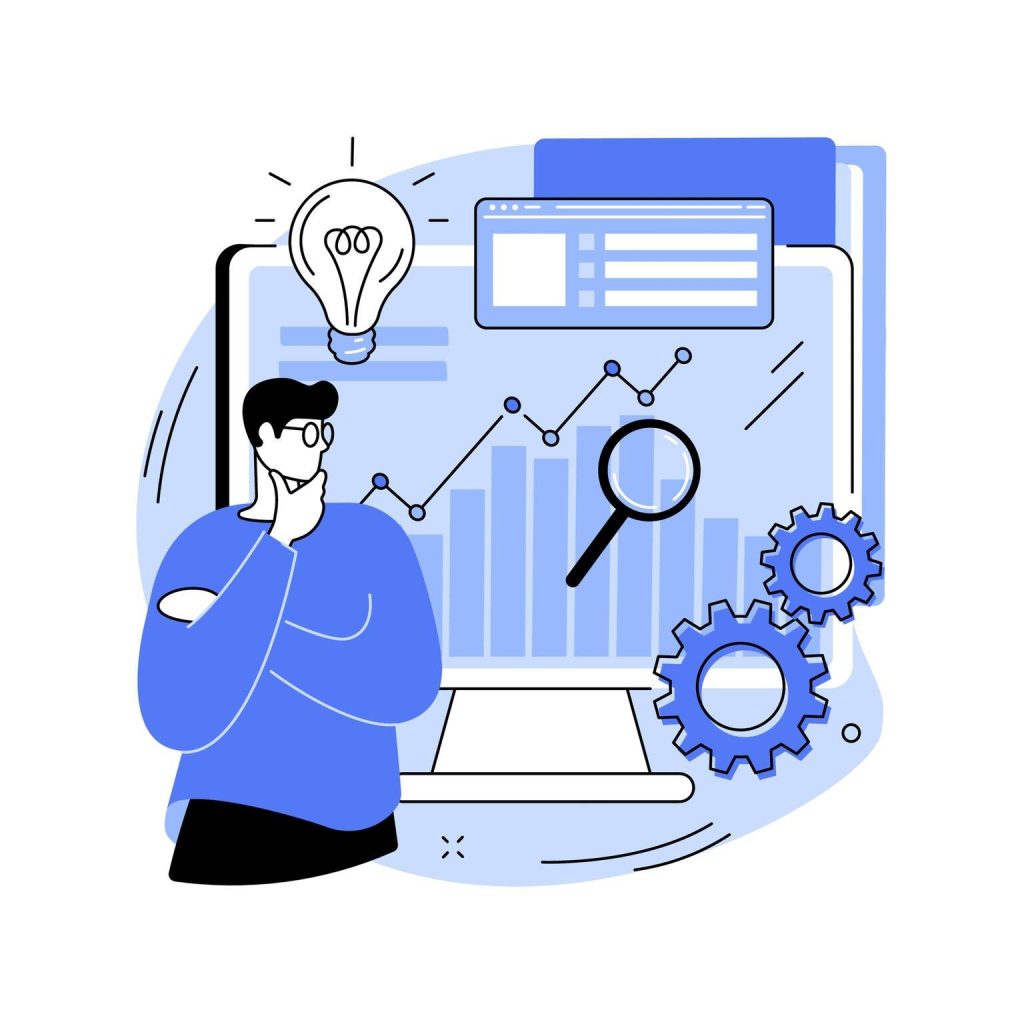
The average data breach costs businesses approximately $4.5 million per incident. There’s no shortage of cybersecurity threats that can lead to scenarios like these. Even a single occurrence can be impossible to recover from. This is why it’s so important to leverage the right vulnerability management tools to protect your business data. Not everyone knows […]
The Rising Threat of Cyberattacks on Retailers: Why Preparation is Key

Recent events have shown that even beloved retail chains are not immune to the growing threat of cyberattacks. Krispy Kreme, a global donut and coffeehouse chain, recently reported a cyberattack that disrupted online ordering operations in parts of the United States. The Krispy Kreme cyberacttack consisted of a breach, detected on November 29, 2024, that […]
7 Vulnerability Management Best Practices for Businesses
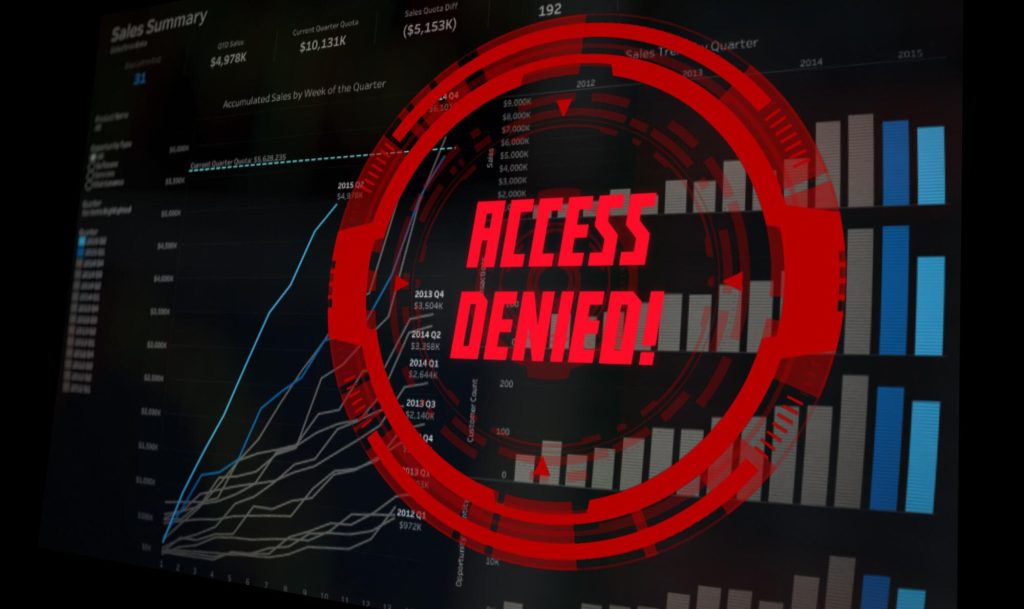
It only takes seconds for a normal day to turn into something catastrophic. If you don’t prioritize mitigating your business vulnerabilities, hackers could compromise sensitive data and cause no shortage of issues. For example, they could steal valuable information and sell it to your competitors. Proper vulnerability management is crucial for protecting your business, but […]
7 Mistakes to Avoid When Creating a Vulnerability Management Plan
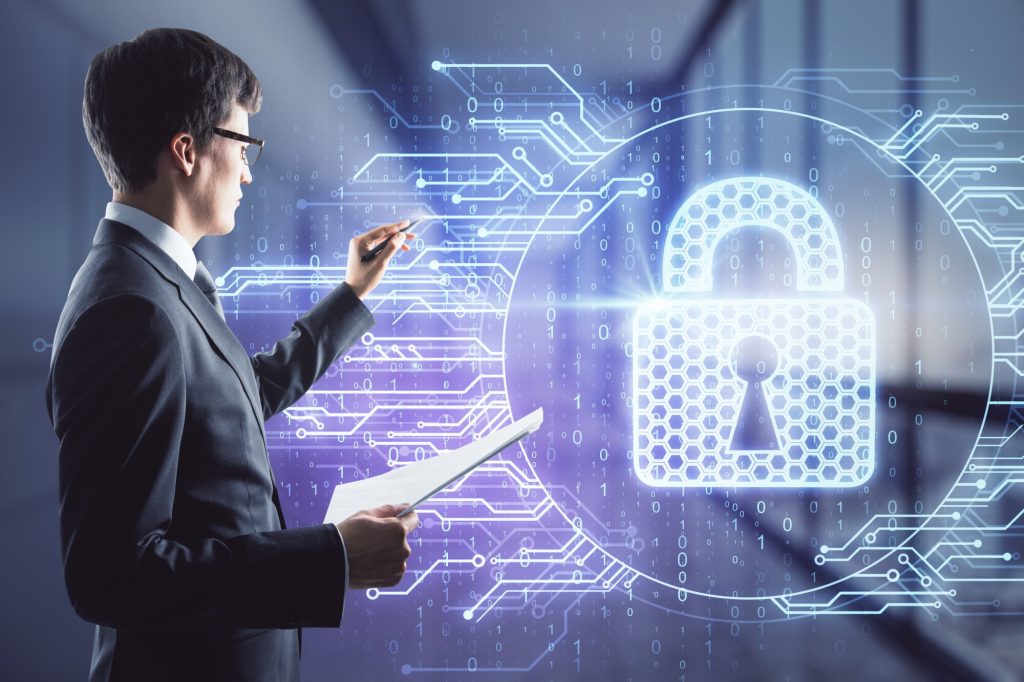
Cybersecurity threats are on the rise, and businesses that fail to implement effective vulnerability management strategies risk devastating attacks. According to a recent report, more than half of cyberattacks occur due to vulnerability exploitation, accounting for a staggering 29% of all security breaches (Source: USA Today). Businesses often face challenges when creating comprehensive vulnerability […]
How To Simplify Patch and Vulnerability Management
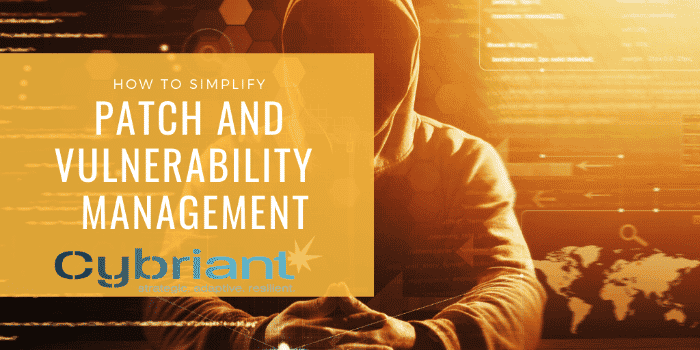
Cybersecurity is a top focus in today’s work environment and if you miss patching a vulnerability, you open yourself to hackers. A cyber attack can ruin the reputation of a business by creating downtime or a significant data breach. Here’s how to simplify your patch and vulnerability management.
3 Rules for Risk-Based Vulnerability Management

Consider risk-based vulnerability management to be able to confidently visualize, analyze, and measure cyber risk in real-time while reducing your cyber…
Types of Network Security Threats and How to Combat Them

If you’re interested in the types of network security threats and how to combat them, you’re in the right spot. We’ll discuss a tried and true method to create a solid foundation for your network security.

